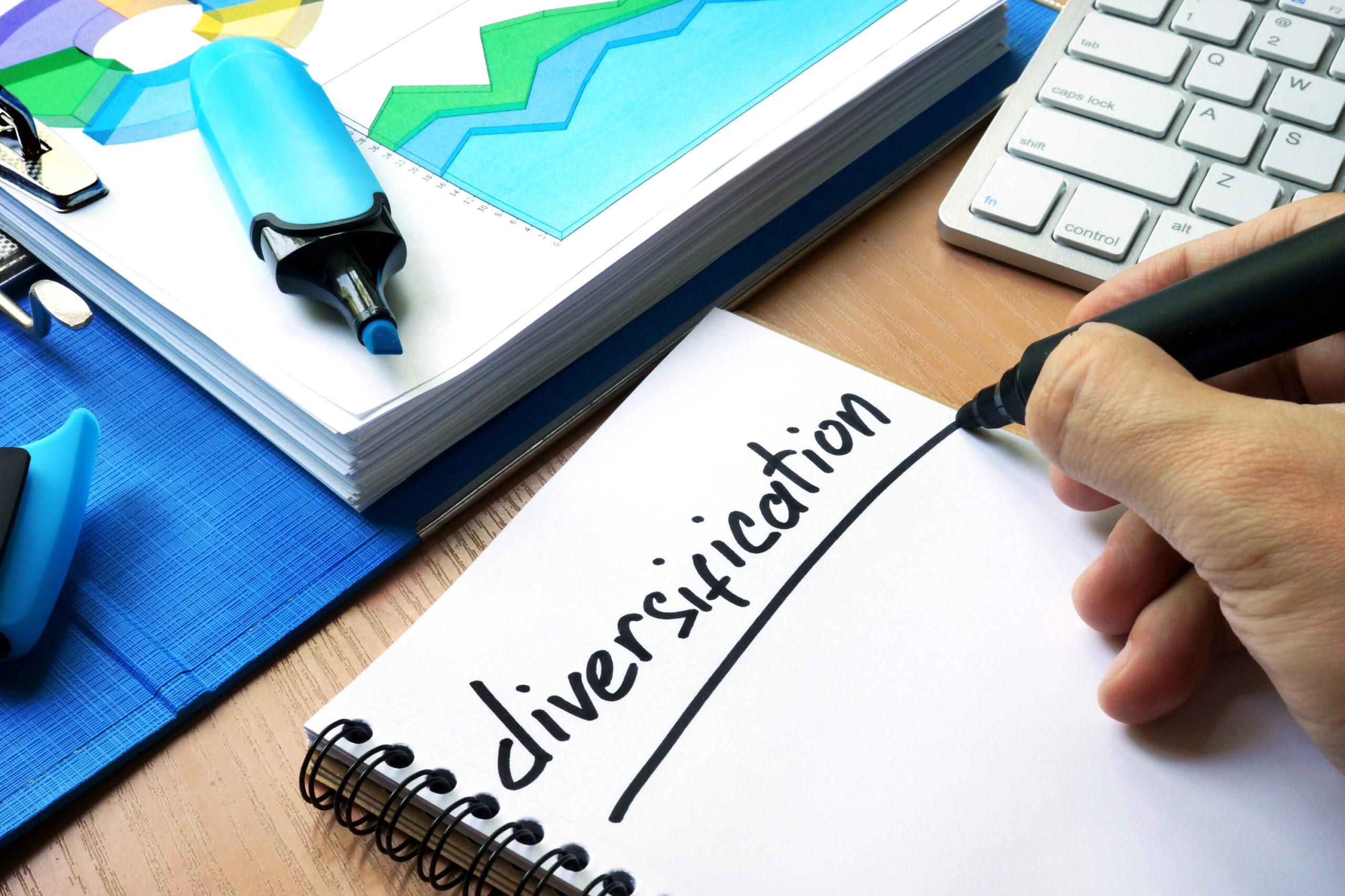
What is an asset class?
 If you are starting to invest, you are sure to come across the term “asset class”. Don’t panic! You’ve probably heard of the different asset classes under their real names: cash, bonds, property and shares.
If you are starting to invest, you are sure to come across the term “asset class”. Don’t panic! You’ve probably heard of the different asset classes under their real names: cash, bonds, property and shares.
An asset class is simply a group of investments that share similar characteristics, behave similarly in the market and are subject to the same rules and regulations.
Most importantly, each asset class comes with different risks and will produce different returns over various time periods. And understanding of how each works will help you make better investment decisions.
The main asset classes are:
Cash
Cash is thought of as the safest asset class and if you aren’t hiding it under your mattress, it could be earning you interest from the bank.
Cash, which includes bank deposits, term deposits, savings accounts and cash management trusts, offers low risks, but also low returns. Thus, cash alone won’t provide you with the best investment gains over the long-term. It’s easily accessible, but the big risk is that inflation can gobble up most of its returns, especially in low interest environments (like we have right now).
Bonds or fixed income
Similar to a loan, bonds involve lending money to companies, governments or against mortgages for a set period of time in return for regular interest payments.
While they are relatively safe and provide a reasonable return for your money, bonds do come with risks. The most important is that if interest rates rise, the value and yield of your bond will fall. Another risk is that the issuer will not be able to repay its debts (i.e. your loan to them). For this reason, government bonds are considered safer than corporate bonds. But to make up for the risk, corporate bonds pay higher yields.
Bonds can play an important role in your overall investment strategy and can smooth out market volatility, but used alone, they will not provide you with the highest returns over the long-term.
Property
This includes direct investments in residential, industrial and commercial property, and comes with higher risks than cash or bonds, but with lower risks than shares. You gain from a rise in value of your property, rental payments and, possibly, negative gearing, which is a tax offset on any losses you may have made.
The downside is that property’s entry and exit costs are much higher than other investments. In addition to the property price, you may have to pay real estate agents’ commissions, stamp duties and conveyancing fees. Property investments also require far longer timeframes and are less liquid than other asset classes; it can take months to sell a property. You also face the risks of having the property vacant at times and you are putting most, if not all, of your eggs in one basket.
Another way of gaining exposure to property is via listed and unlisted property funds. These require a much smaller financial outlay and provide greater ability to diversify your holdings. Some options, such as Australian Real Estate Investment Trusts (A-REITs), operate like listed shares.
Shares (equities)
These allow you to own a piece of a company and can be bought on local or overseas exchanges, or via exchange traded funds (ETFs) or managed funds.
Returns are typically generated by the growth in the share price and dividends (which may be franked because the company has already paid tax on its earnings).
While shares are also easy to buy and sell, they are also the most volatile asset class. Share markets can be influenced by such a wide range of factors here and abroad. The company you invest in may also not perform well or go broke. But over the longer term, shares have usually achieved better returns than other asset classes.
Other investments
A host of other asset classes can be accessed via shares, ETFs or managed funds. They include infrastructure – which includes investments in airports, toll roads, water and energy – and private equity (which invests in unlisted companies).
Mixing things up
Choosing which asset class to invest in will depend on a range of factors, including your goals, financial situation, investment timeframe and risk tolerance.
You are also likely to be better off having a mix of different asset classes in your portfolio – that is, not having all your eggs in one basket. It’s been shown that having a portfolio of different asset classes usually produces both higher returns, lower risks and less volatility for most investors.
However, putting that mix together can be confusing, a CERTIFIED FINANCIAL PLANNER® professional can offer valuable advice on the right combination for you and your needs.
Online source: Produced by The Financial Financial Planning Association of Australia and published on 02 June 2017. Original article.




Pingback: What is an index? Ok...But what is an index and why is it important?
Pingback: What is diversification? It can reduce risks & volatility but ....